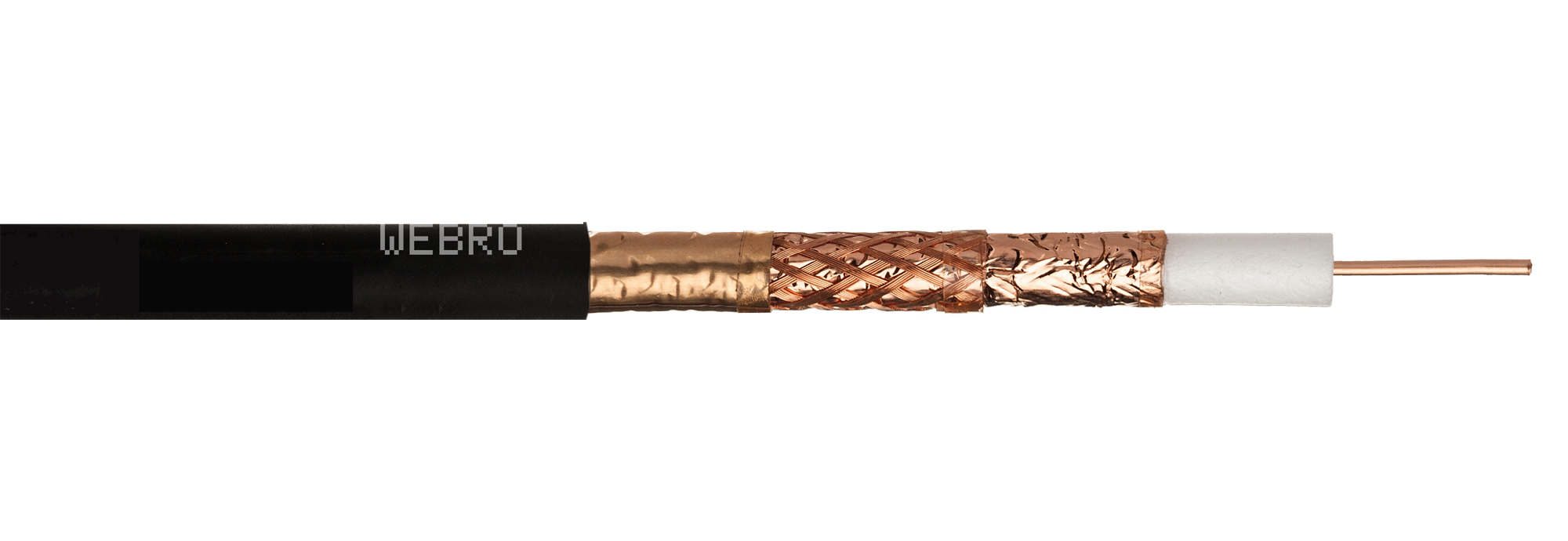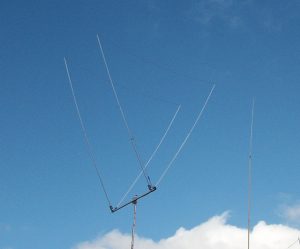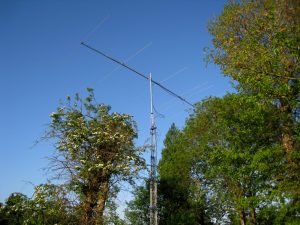Coax – what’s all the fuss about?
This article is aimed more towards the novice, although experienced operators and RF gurus may find it useful.
Coax – well many of us take it for granted. Grab a length, put connector on each end and away you go. Well – not so fast. There’s a few things you should know before you key your prized radio up. Coaxial cable comes in a variety of impedances. The impedance most commonly used is 50 ohms. This is designed to match the operating parameters of your radio equipment as the majority of ‘radio hardware’ around today is also 50 ohms. For certain installations [and constructing various impedance transformers], 75-ohm coax will be the order of the day. Other values are also available but tend to be used for specialised situations not covered in this article.
When a load [i.e. your antenna] is perfectly matched to the feedline and radio – a nice 1:1 SWR will be the order of the day and your radio will transfer the majority of its power to the load without any problems.
So – let’s look at some various 50-ohm coaxial cable solutions that’s easily available for most operators. We’re not going to cover every single cable, as there’s far too many – but well look at some common options and costs, plus pros and cons of each.
50-Ohm Coaxial Cable
RG58: This is the most basic 50-ohm coax. It’s around 5mm in diameter often with a thin outer braid. The quality of the braid is often reflected in the price and there’s also a ‘MIL’ version. We’d say that the use of the MIL version is fine for small runs and for patch leads. It’s very lossy so you don’t want long runs of it. Given its loss, it’s no good for use at VHF or above. Power handling is limited. There’s heaps of the stuff around and to be honest, all but the MIL grade is best avoided.
Pros: Flexible, low cost, ideal for CB and for short runs at HF, cheap connectors.
Cons: Won’t handle high power, high loss above HF.
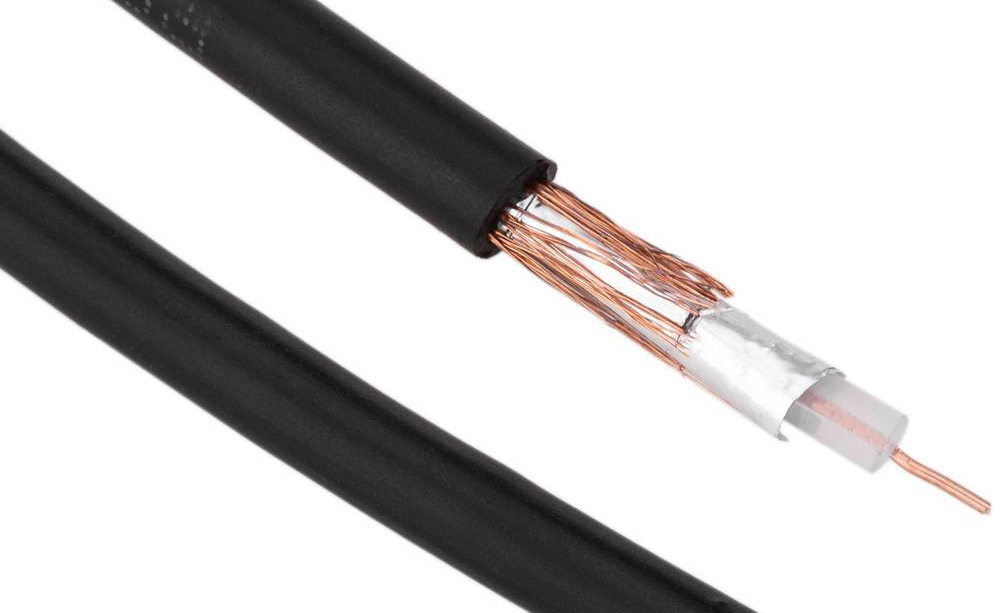
RG213: This is the most common 10m diameter 50-ohm coax. It handles a reasonable amount of power [certainly well up to the 400w UK amateur limitations] and is fairly cheap. Also comes in a MIL version [RG213/U] which has better ‘braid/screen’ coverage. It’s the cheapest ‘thick-stuff’ but is lossy compared to other similar thicker coax. Avoid the ‘basic’ stock and use the MIL grade instead as the cost won’t be that much more.
Pros: Low cost, ideal for CB/Ham and long runs at HF, cheap connectors, handles high power.
Cons: High loss above HF.
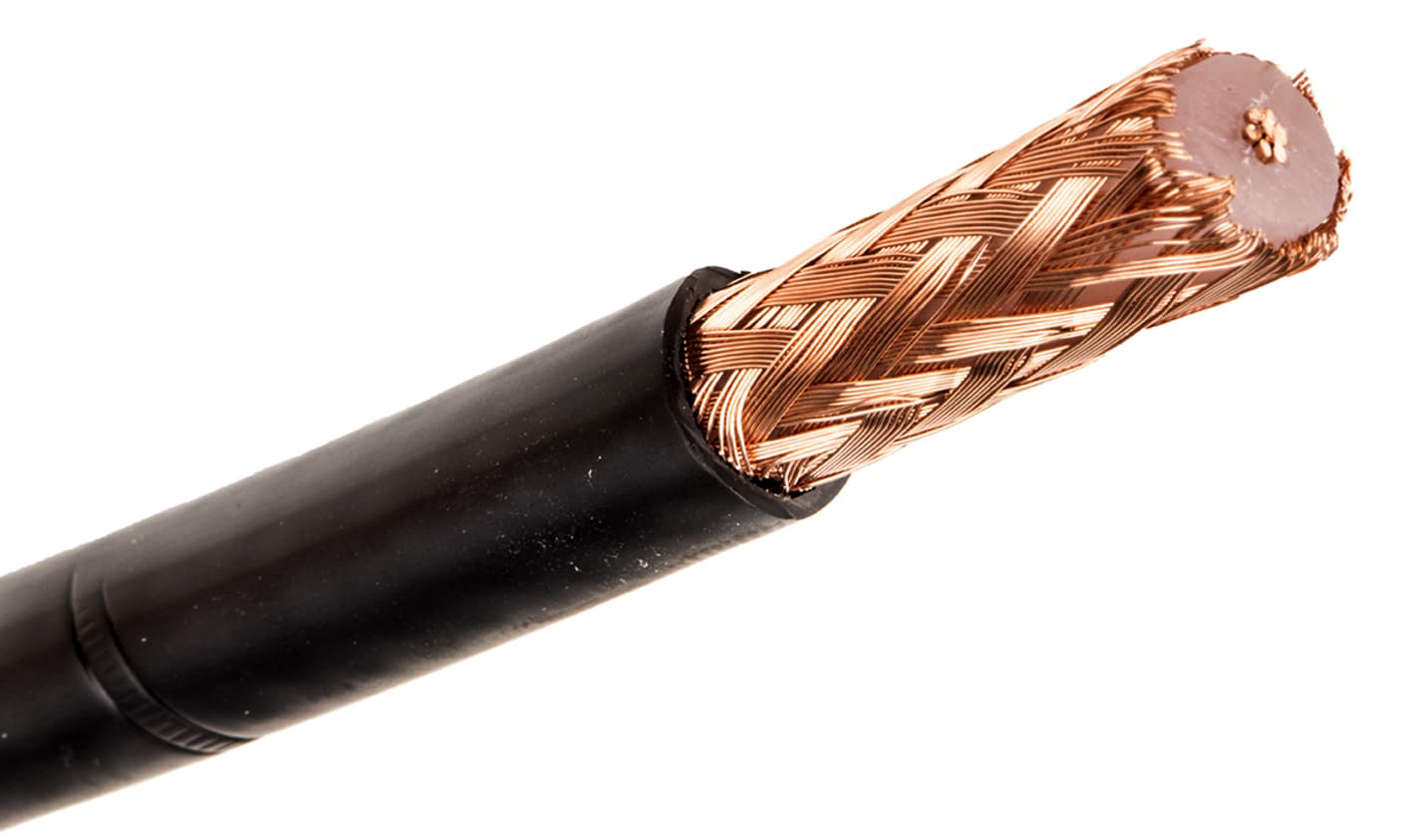
RG8: This is another common 10m diameter 50-ohm coax although I’m not sure it’s produced anymore. There was also a ‘MIL’ version called RG8U. It’s very similar to RG213 and handles a reasonable amount of power [certainly well up to the 400w UK amateur limitations] and is fairly cheap. The MIL version has a better ‘braid/screen’. Price wise – go for the ‘MIL‘ version as there’s not much between the two.
Pros: Low cost, ideal for CB/Ham and long runs at HF, cheap connectors, handles high power.
Cons: Has high loss above HF.
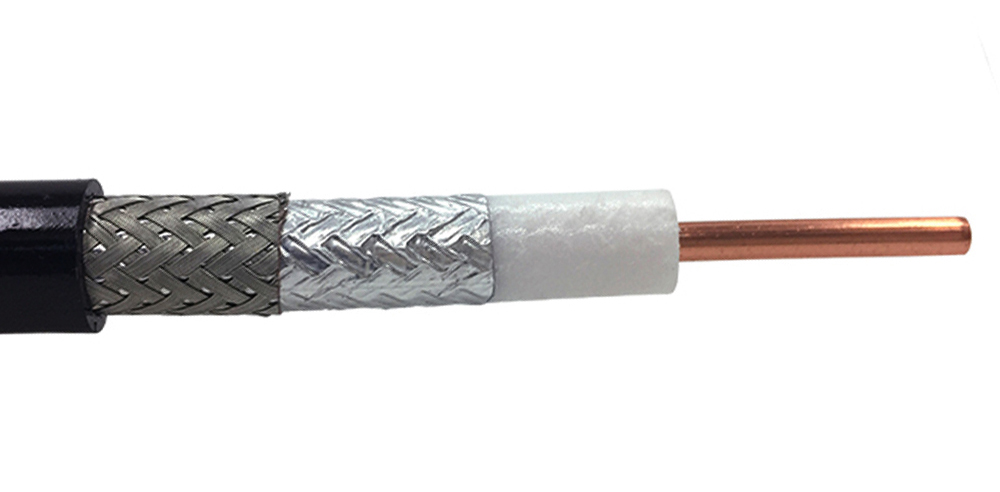
RG8 Mini (aka Mini8): This is a thinner and flexible version of RG8. It’s a very good alternative to RG58 when you need to run higher power but need a lightweight flexible alternative. Will easily handle over 1kw at HF and connectors are cheap and easy to come by. Its ok at VHF with not too long runs [say around 30m] but not recommended at UHF as the loss is too high. It’s a good choice for shack ‘patch leads‘ up to 1500w at HF and will handle up 500w at 144MHz.
Pros: Low cost, ideal for CB/Amateur and for medium runs at HF [40m max], cheap connectors, handles fairly high power, good for shack patch leads.
Cons: Poor at UHF, Avoid long runs at VHF.
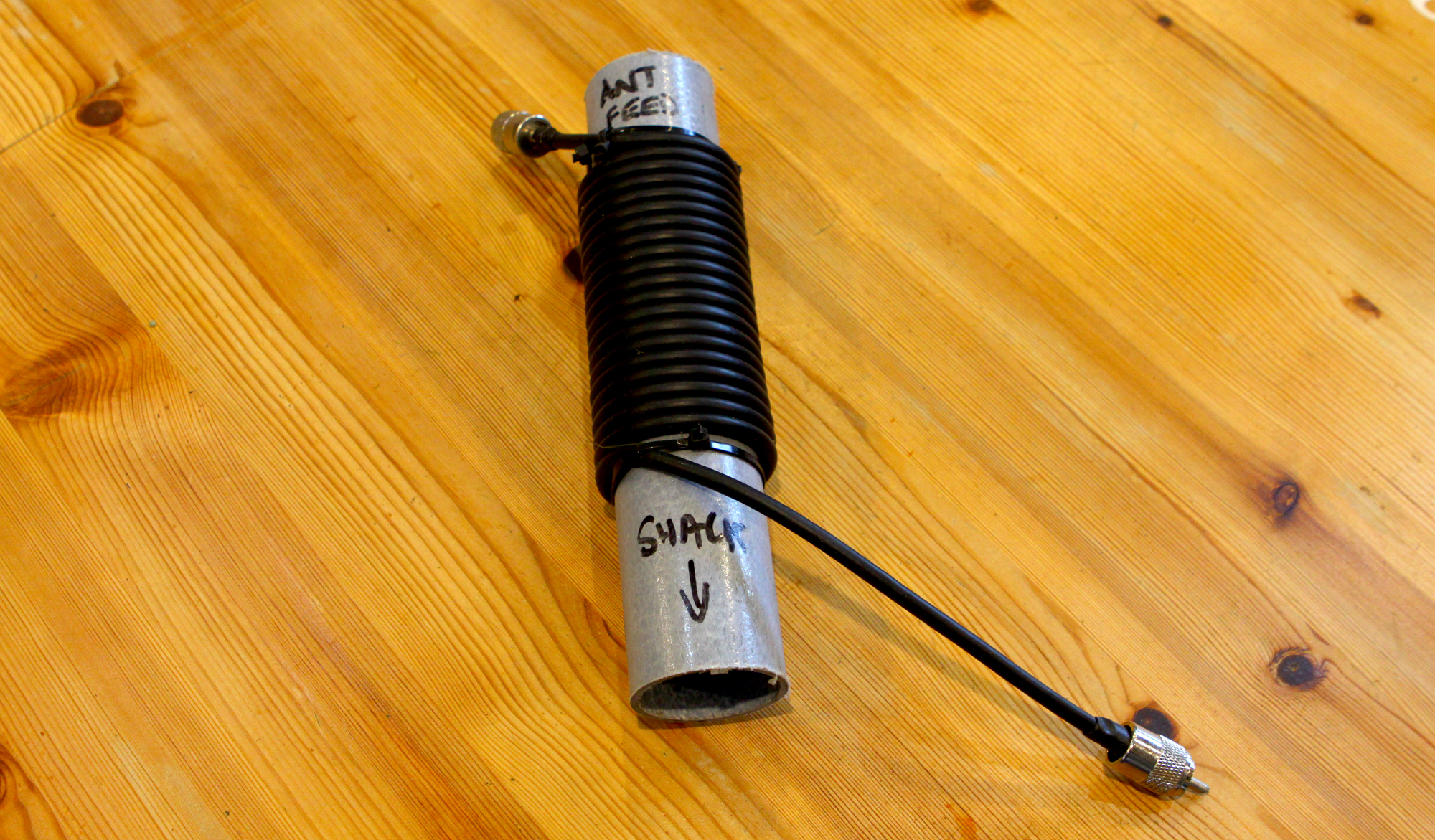
Westflex W103: One of the first true ‘Low-Loss’ 50-ohm cables designed for higher power and to reduce the losses at VHF and UHF. Produced by Henry Westlake [WH Westlake] back in the 90’s to fill a market gap and introduce premium quality coax to the amateur. You can run quite a few kw’s at HF and it’s still a firm favourite today.
Pros: Low-cost vs loss, ideal for long runs at HF, VHF and medium runs at UHF with high power handling, flexible.
Cons: Super long lengths at UHF have high attenuation.
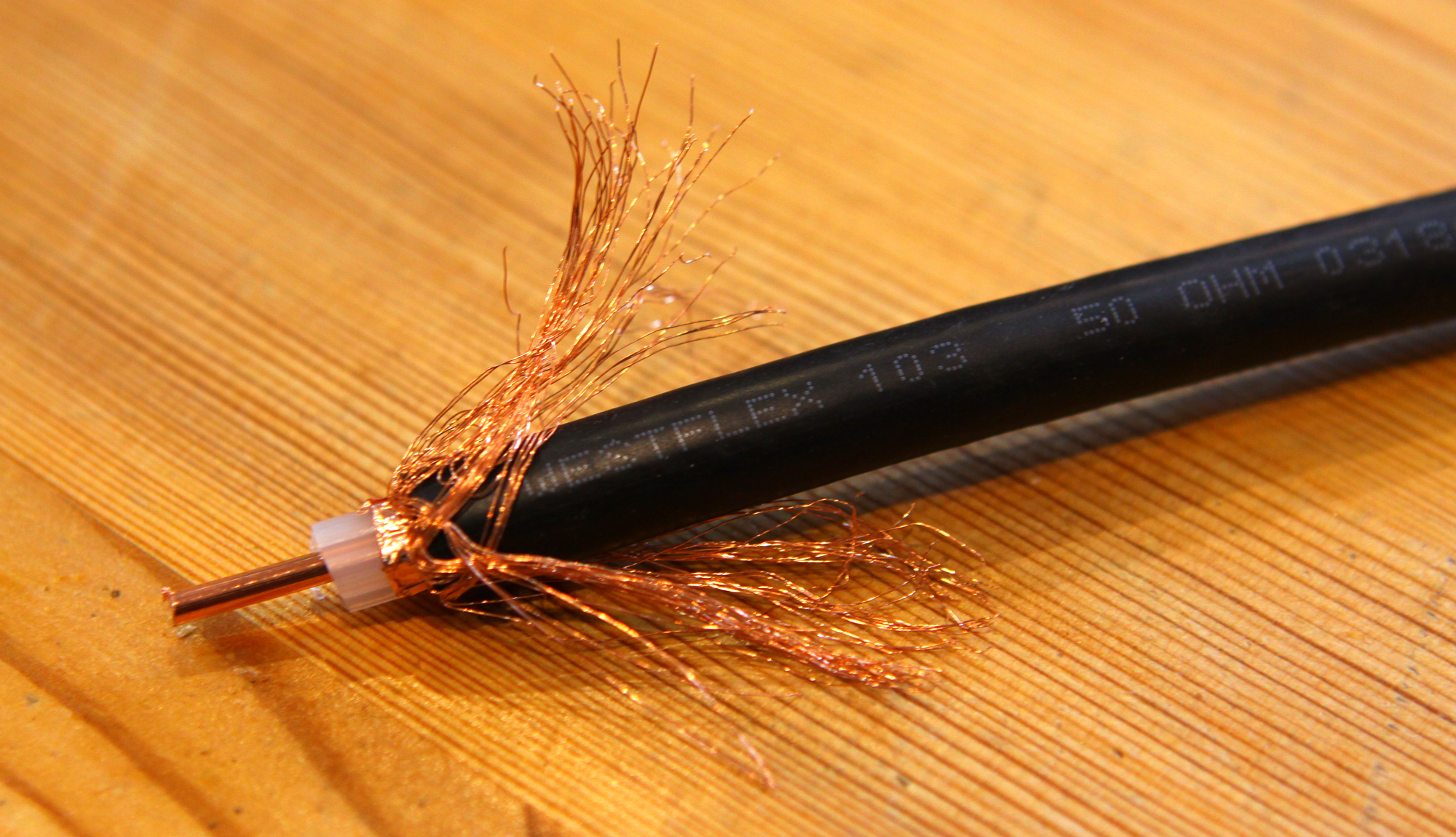
Formula Zero: A fairly new low-loss premium 10mm ‘thick’ coax marketed by Moonraker. Very similar to W103. Good for higher power and slightly less loss than ‘Westflex [but not by much] possibly because it’s diameter [10.2mm] is a little larger than W103 at 9.9mm. Good for HF up to UHF. A good low-cost all-round ‘thick’ coax.
Pros: Low-cost vs loss, ideal for long runs at HF, VHF and and medium runs at UHF with high power handling, flexible.
Cons: Super long lengths at UHF have high attenuation.
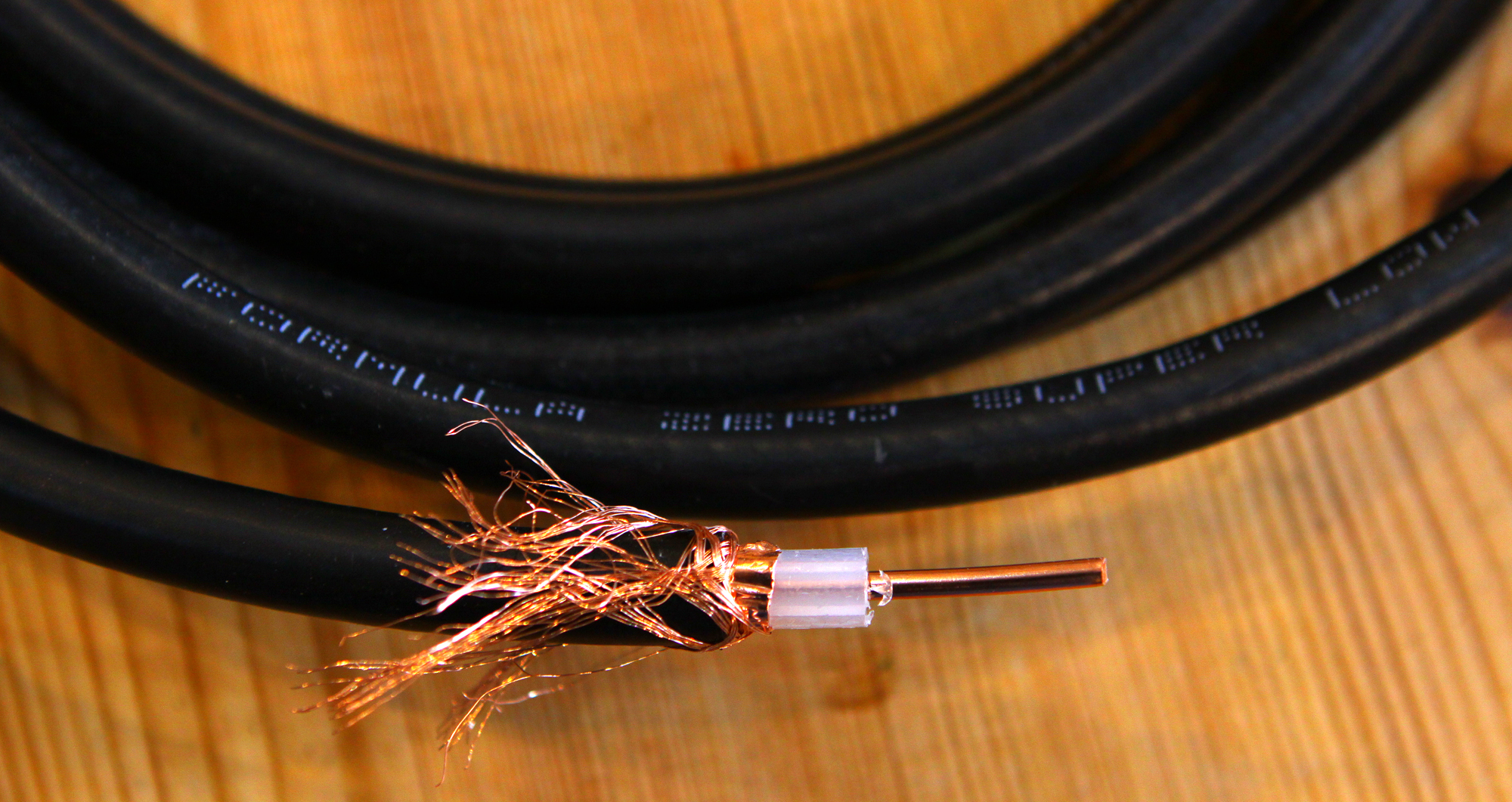
SSB Ecoflex: SSB market a variety of different ‘Ecoflex’ and ‘Aircell’ variants. All are premium ‘German’ manufactured cables. The range goes from ‘Aircell’ and ‘Ecoflex’ 5 all the way up to the thickest [Ecoflex15] which is fairly stiff. The range is very low loss and is regarded as one of the best premium ranges. UK outlet Nevada Radio seem to stock most of the range.
Pros: Very low loss and ideal for long runs at HF and VHF [and UHF with the 15mm stock] with very high-power handling.
Cons: Larger diameters are not that flexible. Some owners on forums say the copper ‘inner-braid’ sheath splits easily [although we can’t confirm this], High cost of connectors. Expensive.
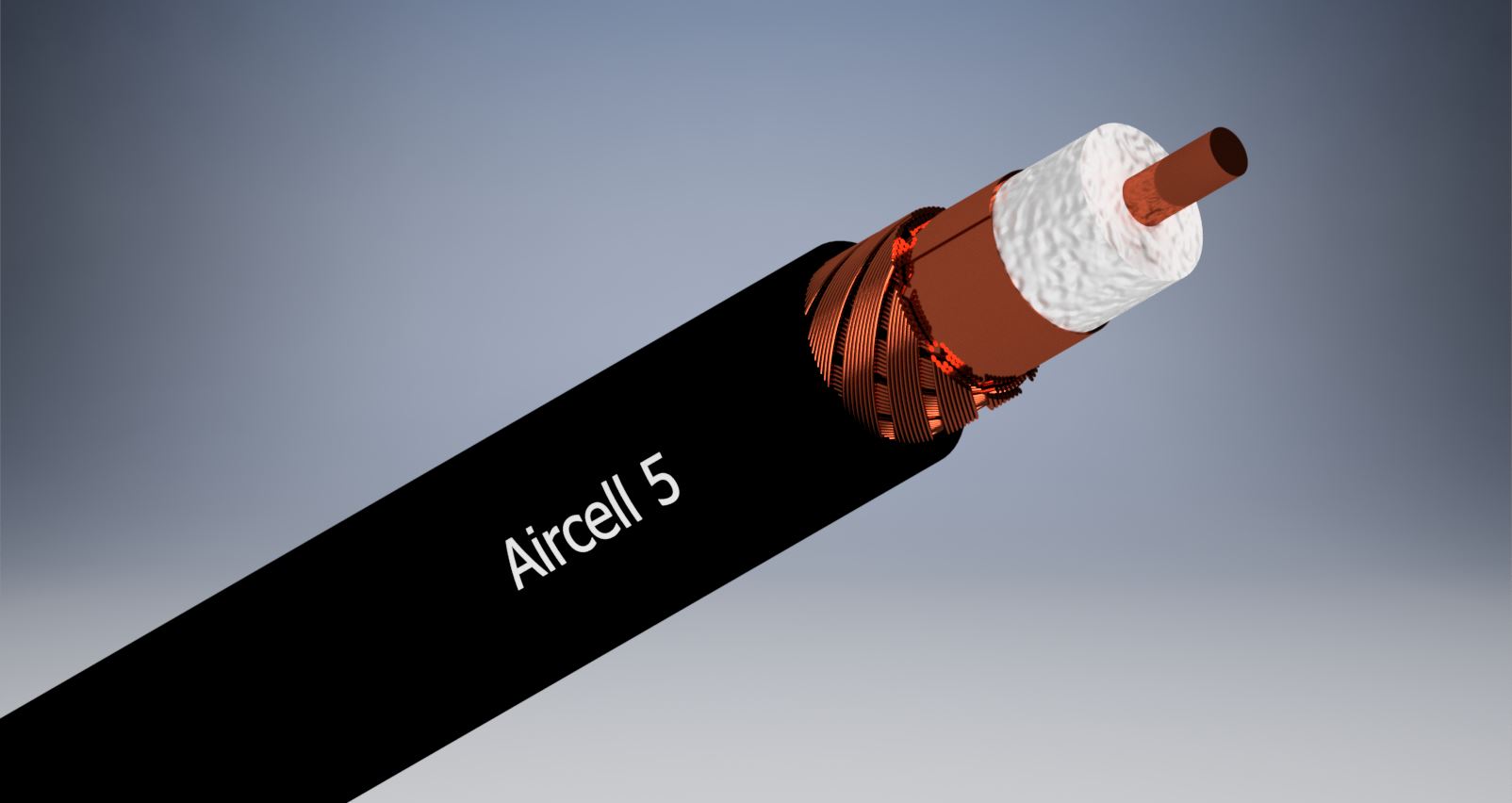
Messi and Paoloni: This is a premium range from the same name Italian manufacturer. The range is very low loss and is regarded as one of the best premium ranges. Some rate M&P better than ‘SSB’. M&P only produce coax and some of the specs are the best around.
Martin Lynch and Sons look to be the UK distributors
Pros: Very low loss and ideal for long runs at HF, VHF [and UHF with the 15mm stock] with very high-power handling
Cons: Expensive but great construction. We prefer it over the ‘Ecoflex‘.
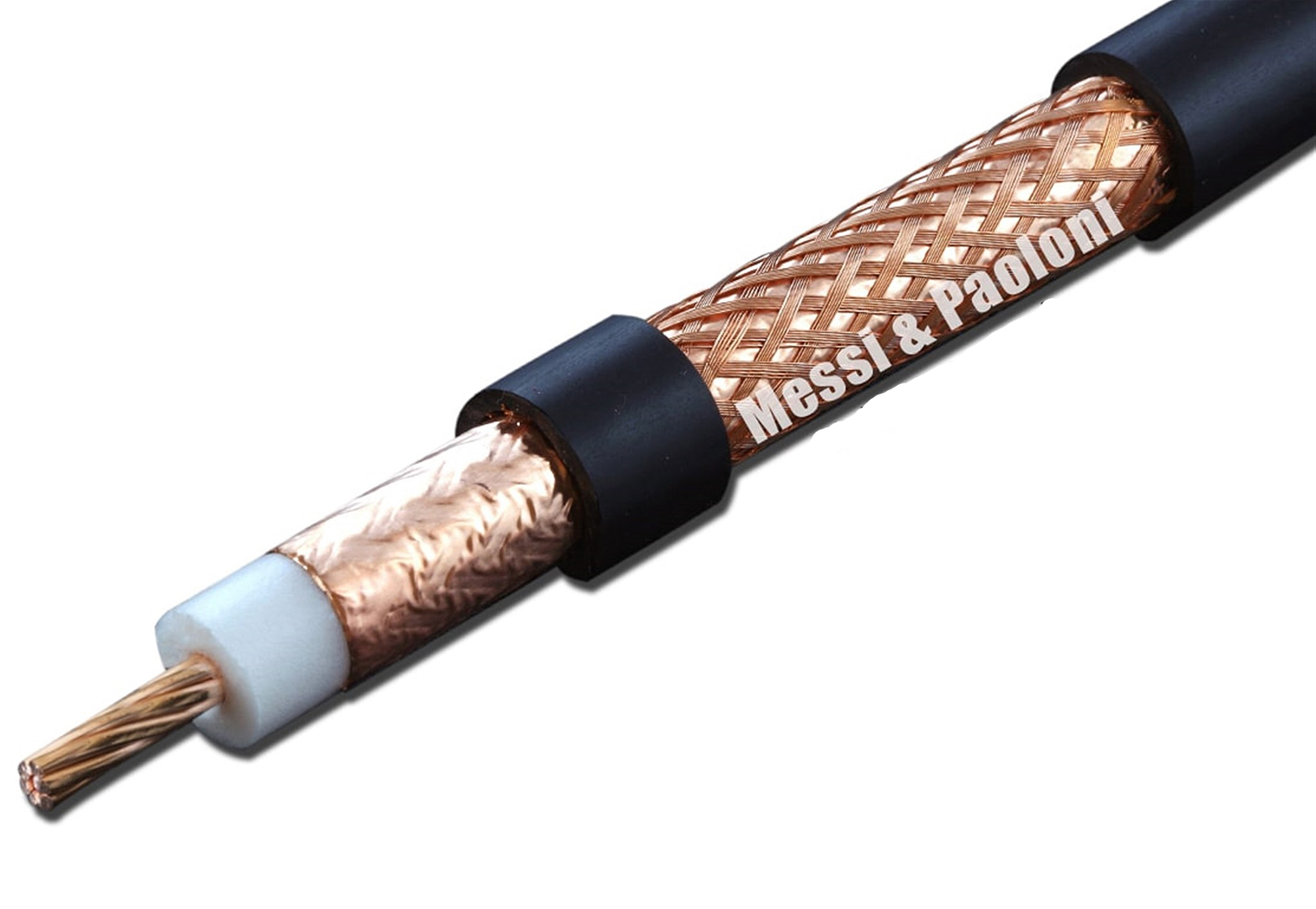
Andrew Heliax: ‘The’ name for professional grade coaxial cable. Called ‘Hardline’ in many circles that’s because you won’t bend it that easy although some ‘flexible’ versions exist. Used by commercial operators and radio stations with ranges from about half an inch to over two inches. Manufactured in the USA to a commercial/industrial level spec. Super low loss at UHF and the choice for serious VHF and UHF users. ‘The DXShop‘ [a great bunch of guys for expert advice] is the UK outlet should you need any help on choice.
Pros: Super low loss, power handling to many kw’s, great for VHF/UHF high power.
Best for longer VHF and UHF runs. HF runs – well, you’ll have nearly ‘zero’ loss.
Cons: Mega expensive when you get over 1 inch in diameter.
You’ll need to take out a mortgage for some of the larger EIA connectors.

PTFE High Power Cables
PTFE Cables: Various 50-ohm cables are available with a PTFE dielectric. ‘PTFE‘ is the RF engineer’s best mate. It’s superb of RF for insulation. You can run kilowatts and even a small PTFE insulation of a few mm will suffice and you’ll get no flashover. During a military test, Vortex engineers ran over 20kW into a 5mm diameter PTFE insulator with no RF flash over.
A favourite ‘thin’ gauge 50-ohm coax is RG142. It has excellent power handling with a PTFE insulation between the centre core and earth. Power handling is excellent [easily 5kw at HF] and it’s the choice coax for winding around large ferrite cores to construct baluns. It’s no good for long runs as the loss is high, but that’s not what it is designed for. Small runs that require high power handling is where this stock shines.
For those wishing a larger diameter stock and high-power, RG393 would be the choice. This stock will happily run 12kw on 20m, 9kw at 30MHz and 4kw at 2m with just under 5kV handling. However, larger diameter PTFE dielectric coax works out very expensive. You wouldn’t normally use it for long runs [say from your shack to the antenna] – there’s much better solutions, but often this type of cable is used in hardware such as ATU’s, Amplifiers and the like using shorter runs of under a few meters or so. What is premium, is the RF insulation that the PTFE exhibits. A speciality super hi-end coax.
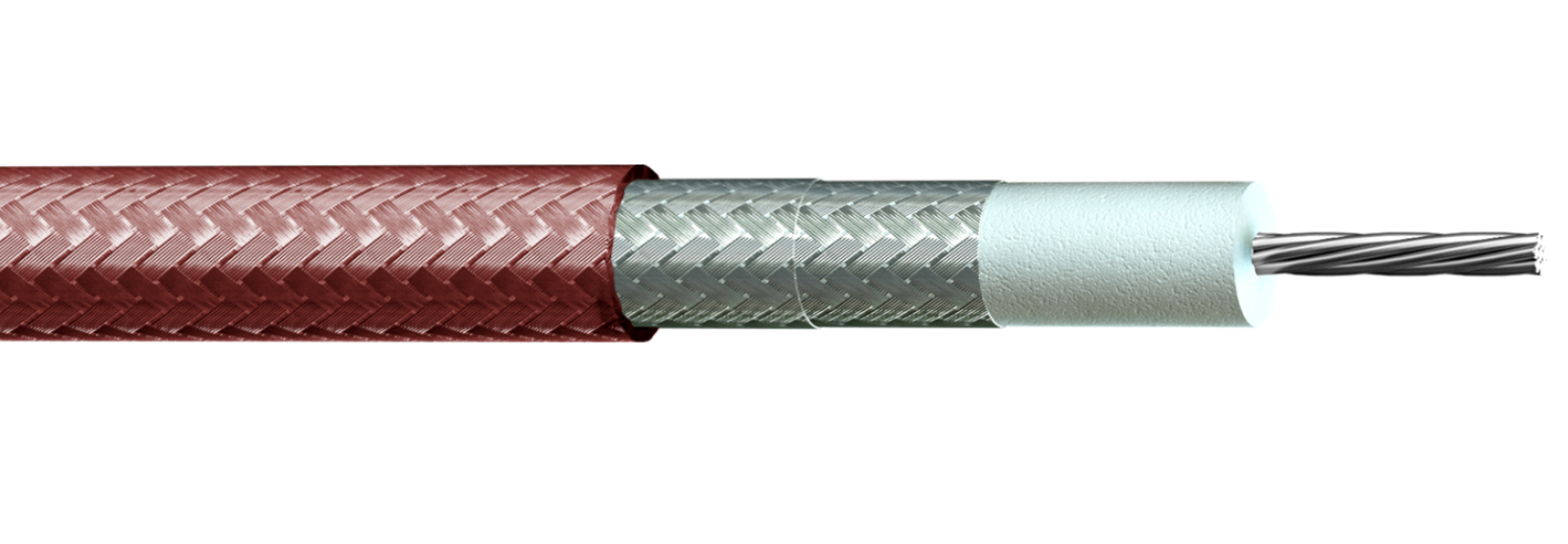
75-Ohm Coaxial Cable
Webro ‘WF’ Series 75-ohm Coax: For some users, the use of 75-ohm coax is a requirement. Normally, 75-Ohm coax comes into its own when construction requires the use impedance transformers to make baluns. One common [and very good] 75-ohm stock available in the UK is cable manufactured by ‘Webro‘. They have a nice range and some of the thicker stock [WF165, 233 and 340] for example, will easily handle a quite a few kw’s of power. We used this stock to good effect to construct coaxial impedance transformers. Some of their smaller stock is used by ‘Sky’ installers. In particularly the twin WF100 75-ohm line seems a favourite and the chances are your installer used this for your satellite TV installation.
